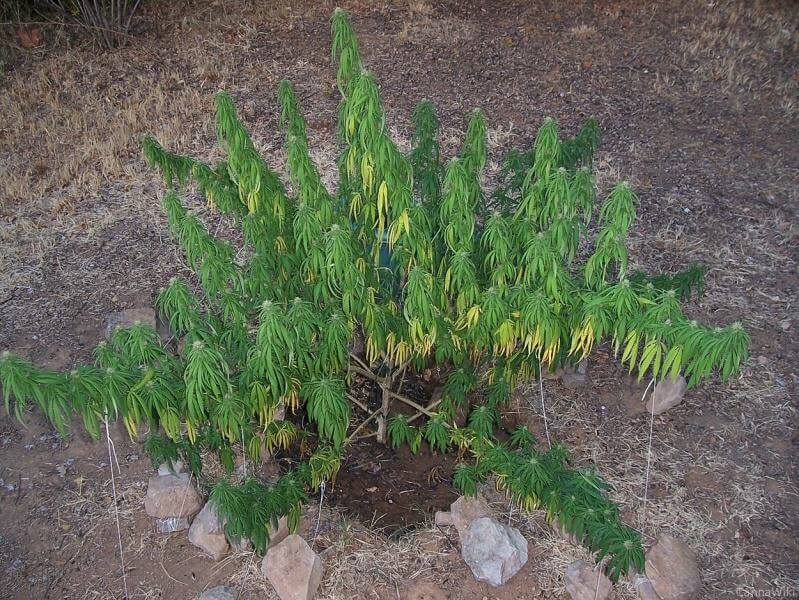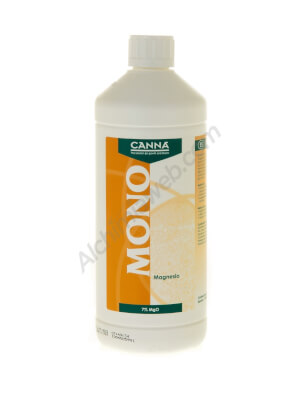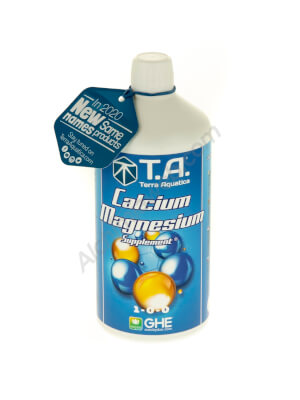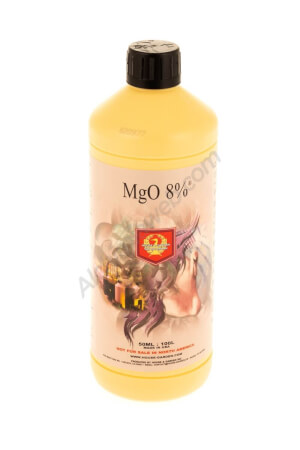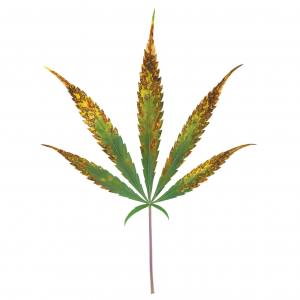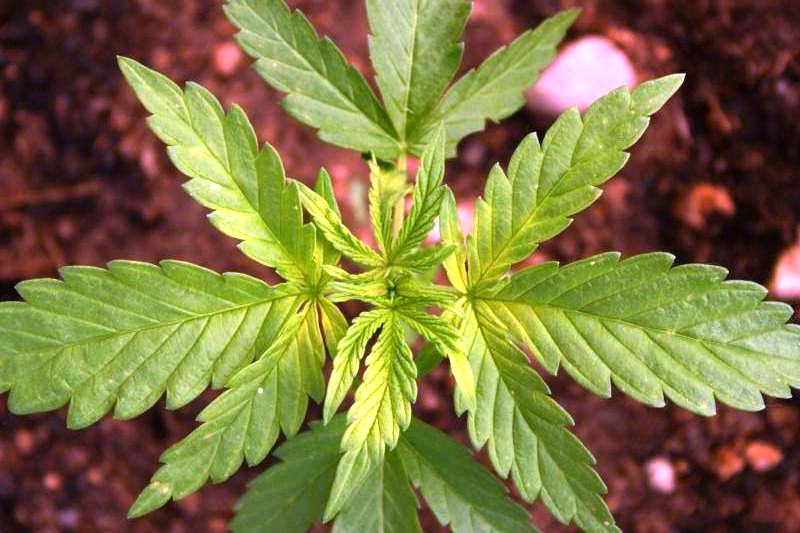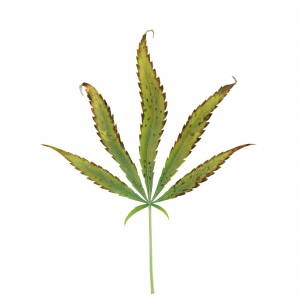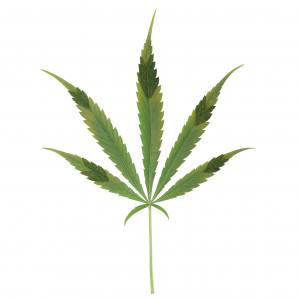Deficiency and excess of magnesium in cannabis plants
List of contents
In the world of cannabis cultivation, each of the macro and micronutrients plays a crucial role in the healthy development of plants. In this sense, magnesium is a fundamental nutrient for harvest success, playing vital roles in key processes such as photosynthesis, chlorophyll formation, and nutrient absorption.
In this article, we invite you to explore the importance of magnesium in cannabis cultivation, from its basic functions to signs of deficiency and excess, as well as best practices to ensure an adequate supply of this essential nutrient.
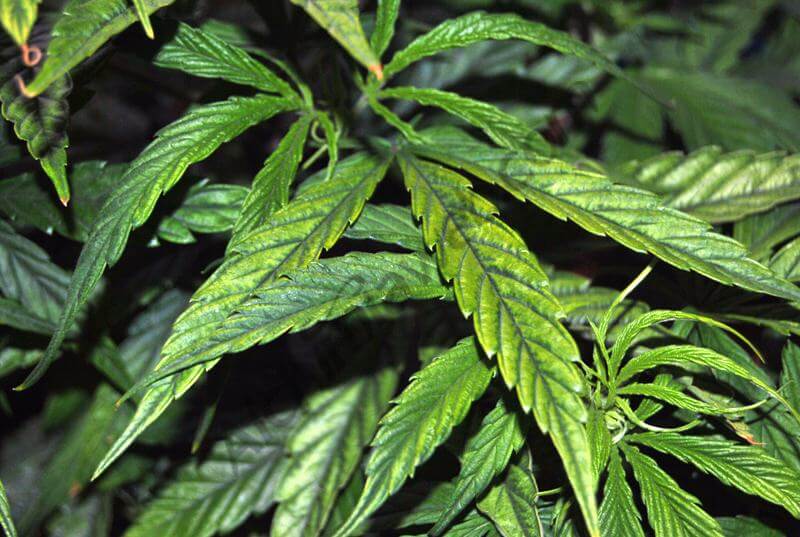
Functions of magnesium in cannabis
Magnesium is a secondary nutrient that is very necessary in all phases of plant life and is required in large quantities. It is the central atom of chlorophyll and has a direct impact on the absorption of solar energy so that it can be subsequently processed and used by the plant to create sugars and carbohydrates.
The cannabis plant absorbs magnesium in the Mg +2 ion format, this being the formulation of magnesium that we can find in the earth. The absorption of this nutrient will be subject to the available format that this element is found in the marijuana substrate.
It is important to find a balance between available magnesium in the soil and unavailable magnesium. The unavailable magnesium has not yet been transformed by microbial life, making it unfit to be consumed by the plant. It is important to know the amount of magnesium available to the plant (which is very difficult to know without analyzing the substrate and the irrigation water used). Logically, in the case of inert substrates, the presence of magnesium will be zero.
So how do we proceed when we grow in soil or hydro to control the magnesium levels in the substrate? As it is a mineral, we can make a contribution through a Magnesium mono nutrient or other products that contain a large part of Mg for direct absorption by the roots without having to wait for the microbial life to carry out its transformation into assimilable fertilizer for the plant.
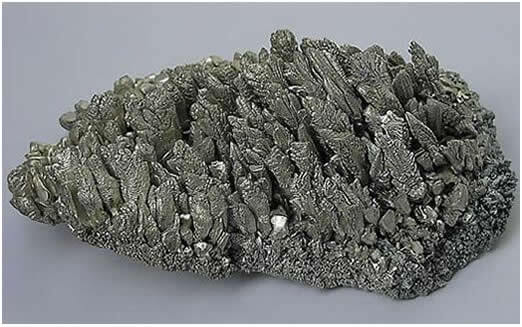
Magnesium deficiency in cannabis cultivation
If the pH of the substrate is less than 7.0, magnesium can be easily absorbed by cannabis plants, but if it is very acidic, below 5.0, its availability will be much less or non-existent and we must proceed to increase the pH value of the substrate. substrate using dolomite limestone before starting to grow in said substrate. If dolomite limestone is not available to mix with the substrate, there are also products on the market that incorporate this element in liquid format so that it can be dosed with each irrigation.
This is a mobile element, so deficiencies in this nutrient will first be visible in the oldest and lowest leaves of the plant. As the deficiency progresses, it will be the central part that, along with the lower part of the plant, will be affected by the lack of this element.
Magnesium is a nutrient that, like nitrogen, is easy to carry away with plenty of water. If we carry out root washing with enzymes due to having overfertilized the plants with other nutrients (N, P, K) we will have to replenish the levels of magnesium (and calcium, to maintain the balance) by providing two parts of Ca to one of Mg of EC. 0.0 to 0.4.

It is important to highlight that other factors reduce or cancel the absorption of magnesium even when it is present in the soil, such as continued humidity in the substrate, a low temperature, or also an acidic and cold substrate. If the substrate is almost always very humid, we will proceed to introduce a fan into the crop that points directly at the pot where the excessively moist substrate is located, so that we can facilitate the drying of the substrate and improve the assimilation of magnesium. . Using a thermal blanket under the pots can also work great.
Once the substrate has recovered, we will regulate the amount of irrigation to promote Mg absorption and also avoid possible root rot, which is usually very harmful to cannabis plants. These cases can occur in indoor crops when growing temperatures are not well controlled, especially when the plants are at night.
Overwatering cannabis plants
Overwatering is a frequent error that must be taken into account when you start growing cannabis and want to avoid losing many seeds or plants during cultivation. Learn how to prevent sudden deaths due to an excess of water when growing marijuana.
To solve this problem we must install a heat source that provides a higher temperature to the crop with a minimum temperature of no less than 18º so as not to slow down the development of the plants and solve the problem with the absorption of magnesium.
In the flowering stage, the plant requires a large amount of nutrients such as phosphorus and potassium to create large flowers along with the original smells and flavors that the plant contains.
Magnesium and marijuana flowering
Many of the deficiencies that we can observe during the flowering period are caused by excessive flowering fertilizers. Fertilizers for this phase of cultivation contain high amounts of phosphorus and potassium. In this case, it should be noted that potassium and calcium are two nutrients that in excess will cause a blockage in the absorption of magnesium.

It is common for this blockage to occur during the first weeks of flowering, when the plant is starting to form buds, between the 3rd and 6th week of flowering, depending on whether it is a faster or slower variety. During these weeks, and if we exceed these nutrients, the plants will try to absorb all the possible available food, causing overfertilization of K that will block the absorption of Mg. To fix this nutrient imbalance, we must carry out a root wash to reduce the excess nutrients in the substrate so that the plant can absorb the available Mg again.
It is also worth noting that many times the deficiency will appear because the substrate does not have enough magnesium. In these cases, where there is no overfertilization, we can therefore make a small extra contribution of magnesium during the weeks mentioned, either in the soil directly with Dolomite Limestone or by irrigation with a supplement of Mg and use the spraying of this same element in the leaves of plants with a Ph 7.1 for rapid recovery of plants.
How to quickly detect a Mg deficiency in cannabis plants?
- It becomes difficult to detect during the early stages of deficiency
- Deficiencies occur in the oldest and lowest leaves of the plant.
- The tips of the leaves turn brown, curling upwards
- The brown spots increase, progressing from the bottom to the top of the plant
- The youngest leaves, located at the highest part of the plant, are affected by brown mottling along with possible discoloration of the veins
- The deficiency may be preceded by an accumulation of other nutrients such as calcium, hydrogen and potassium.
- Mg sulfate can be applied foliarly to help eradicate the deficiency in less time, with a dose of a concentration of 2% Mg with pH 7.1
- The root and environmental temperature should not be lower than 18º during the night and 24º during the day.
- Adjust the pH of the substrate in soil to 6.5 and in hydroponics to 5.5 for about 5 days if the deficiency is important.
Excess Magnesium (Mg)
Too much magnesium in cannabis plants can manifest itself through various symptoms, including poor growth, dark green leaves, or even brown spots on the edges. Additionally, it can interfere with the plant's ability to absorb other nutrients, resulting in secondary deficiencies.
To correct this problem, it is essential to balance soil pH and adjust fertilization levels to reduce magnesium concentration. Additionally, you can choose to water your plants with purified or rain water along with enzymes to help remove excess nutrients from the soil.
How to quickly detect excess Mg in cannabis plants?
- It is difficult to detect since excesses of magnesium are not very common as long as substrates suitable for growing marijuana are used.
- The magnesium ions conflict with the calcium ion-producing a Ca blockage (look for symptoms of Calcium deficiency)
- If there is an excess of Mg, a root wash must be carried out, applying at least three times as much water as the capacity of the pot and then watering with a balanced fertilizer.
Happy harvest!

















































